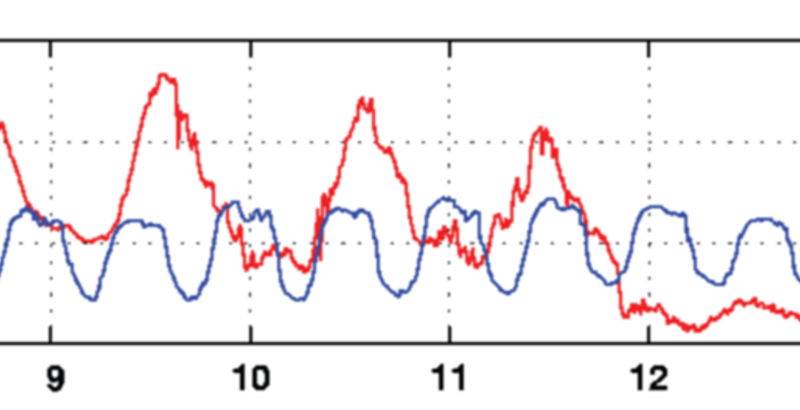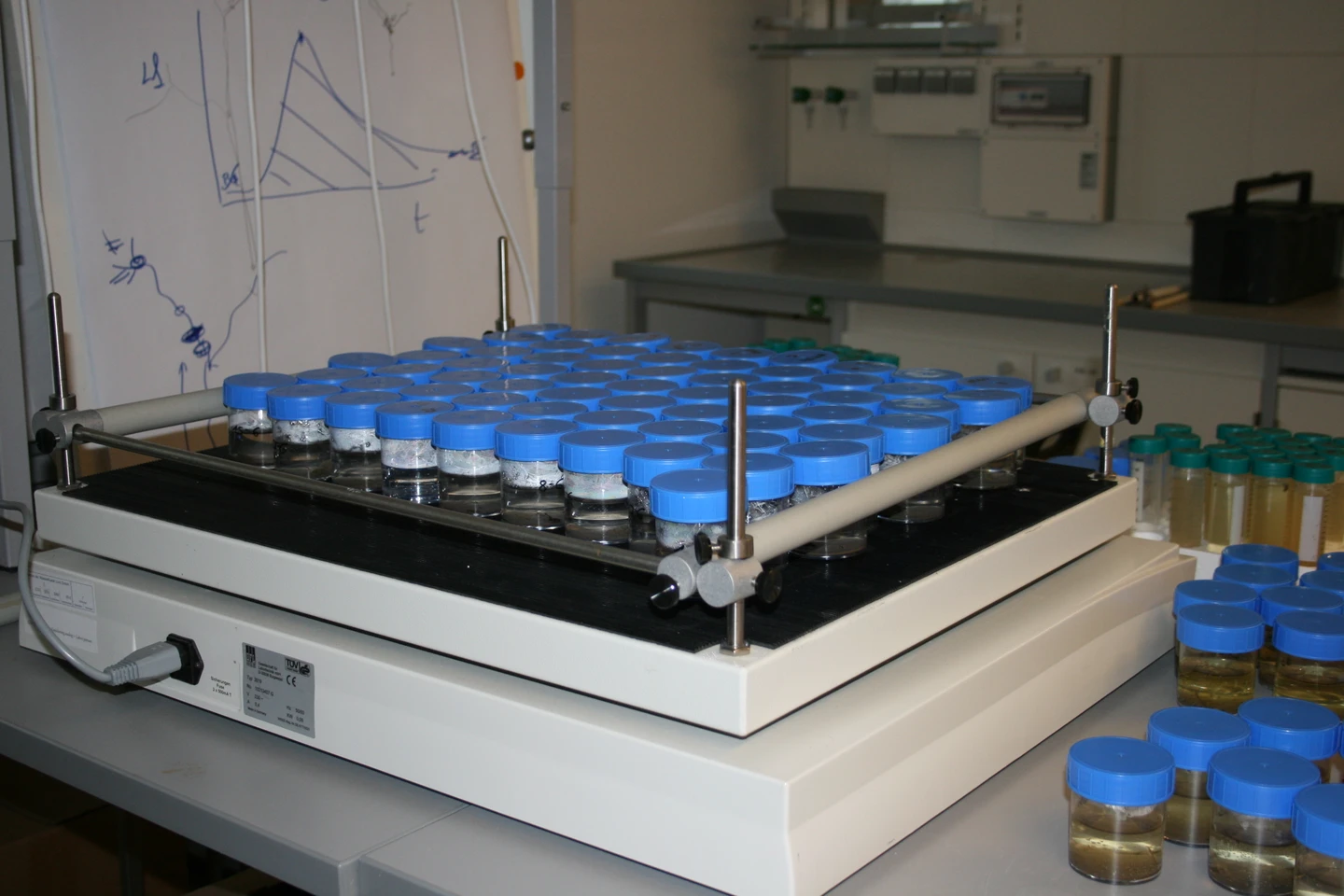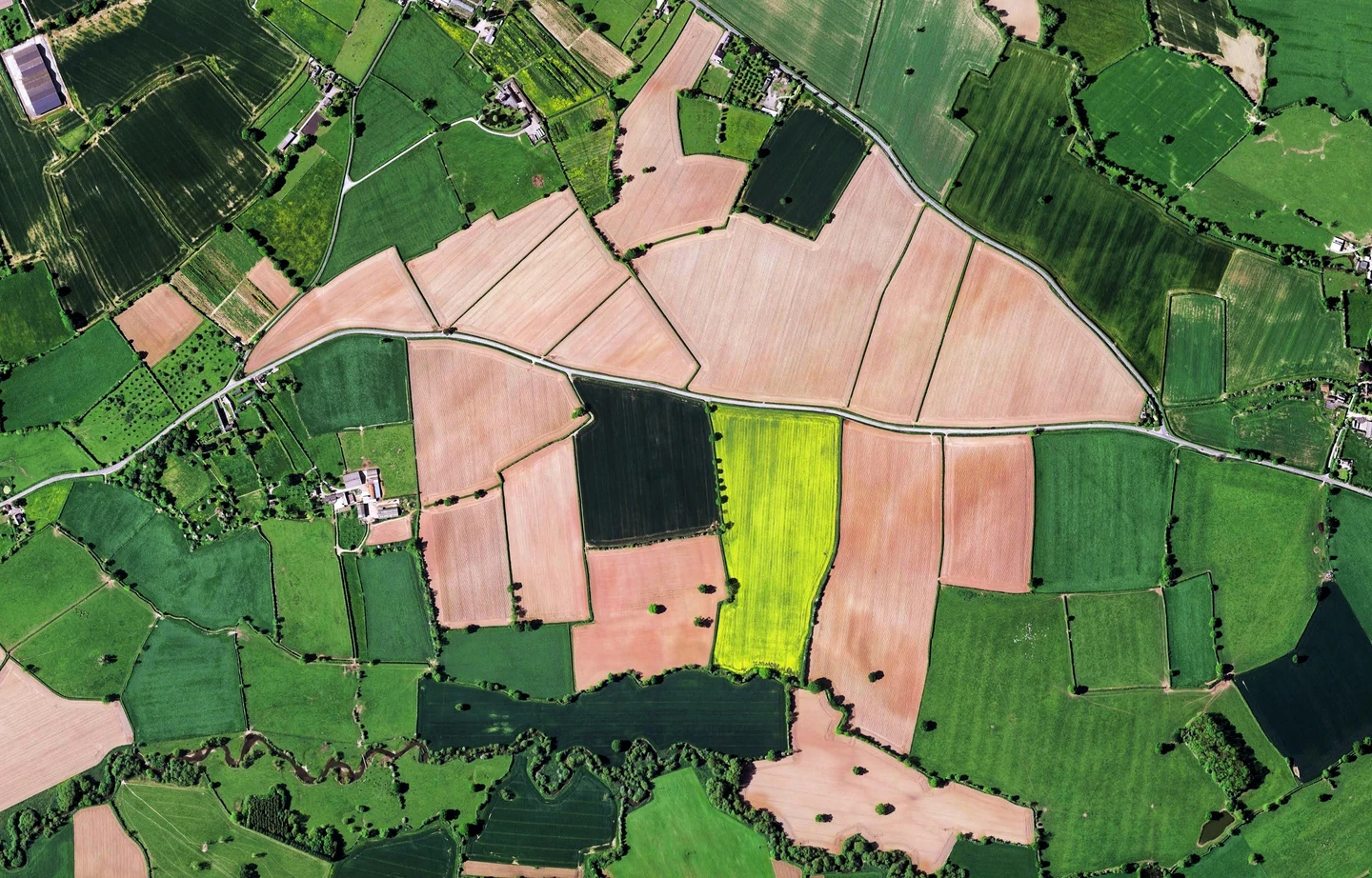What we are doing
WP 1 - Statistical space-time models

The purpose of WP1 is to obtain an understanding of the long-term seasonal variability of low flows and stream temperature in Eastern Austria. We will analyse the space-time patterns of low flow and stream temperature indices from observed records at 30 flow gauges and stream monitoring sites in the river systems and develop statistical space-time models to predict the dynamic patterns of indices for the stream network .
WP4 River network model and risk assessment

The models developed in the previous WPs are combined with catchment parameters to create a regional prediction model of pollutant loads for the entire stream network. The models will be made conditional on site-specific predictors that are expected to determine the remobilisation of nutrients from sediments, such as hydraulic properties, choriotope distribution, land use, and tree shading from river segments. Data will be obtained through e.g. the interpretation of satellite images, Hydrographic Services , and citizen scientists’ and students’ involvement. Based on these data, a customized model at river system scale will be developed.
WP 2 - Temperature-dependent remobilisation curves

WP 2 aims at analysing and statistically modelling the remobilisation potential of stream and river sediments for nutrients and dissolved organic matter under low flow and warming conditions. The work consists of field sampling, laboratory experiments, and statistical modelling. Sediments will be incubated in stream water at different water temperatures, hydrological conditions, and oxygen concentrations and the remobilisation potential will be obtained by statistical curve fittings.
WP 3 Water quality monitoring

WP3 will validate the temperature-dependent aerial remobilisation rates via nutrient load calculations. WP3 will deliver monitoring data of nutrients, physical-chemical parameters, and discharge on an offline and online basis. Semi-mobile monitoring stations will be installed at the upstream and downstream end of stream segments containing the study sites of WP2 so that we can assign nutrient fluxes to reaches by means of water and load balance calculations (“observed nutrient loads”).
